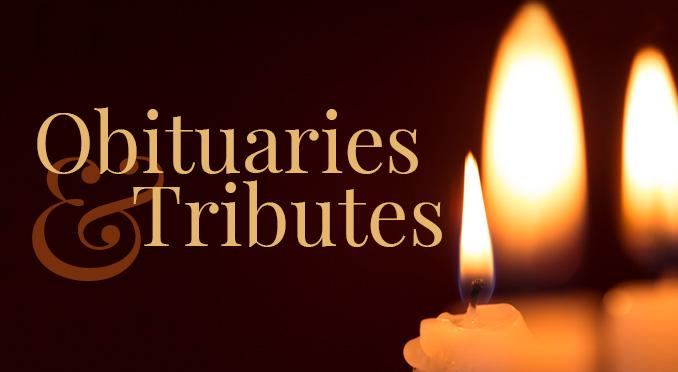Cremation Services
Cremation is an alternative to the burial process and it is chosen by many people because of religious beliefs, the desire to preserve the environment or it was requested by the person who died. Cremation is also a less expensive option in comparison to a burial. The remains are placed in a container that is combustible and placed in a special furnace called a cremation chamber or a crematory where through intense heat is reduced to bone fragments that are then crushed and pulverized to resemble course sand. The cremated remains of an average adult body will weigh about 7-8 pounds. Cremation is not an alternative to a funeral, but rather an alternative to burial or other forms of disposition.
Cremated remains can be scattered or buried, or they may be kept with the family in a decorative urn.
Cremation FAQ
What is Cremation?
Cremation is the process of reducing the human body to ashes using high heat and flame.
Is a casket needed for Cremation?
No, a casket is not required, most states and crematories require an alternative container constructed of wood or cardboard, however, in some states no container is required.
Is embalming required prior to cremation?
No, except in case of public viewing prior to cremation.
Can the body be viewed without embalming?
Yes, immediate family members may briefly view the deceased prior to cremation within a short period of time following death.
Can the family witness the cremation?
Yes they can; some cremation providers will allow family members to be present when the body is placed in the cremation chamber. Some religious groups even include this as part of their funeral custom.
Can an urn be brought into church?
Yes, it is encouraged that cremated remains be a part of the memorial service at a church.
What can be done with the cremated remains?
While laws vary state by state, for the most part remains can be buried in a cemetery lot or a cremation garden, interred in a columbarium, kept at home or scattered.
How can I be sure I receive the correct remains?
All reputable cremation providers have developed rigorous sets of operating policies and procedures in order to maximize the level of service and minimize the potential for human error. Since it is illegal to perform more than one cremation at a time, and the vast majority of crematories can only cremate one body at a time, it is next to impossible to receive the incorrect remains.
How long does the actual cremation take?
It all depends on the weight of the individual. For an average sized adult, cremation can take two to three hours at a normal operating temperature.
What do the cremated remains look like?
Cremated remains resemble coarse sand and are whitish to light grey in color. The remains of an average sized adult usually weighs between 7 and 8 pounds.
Are all the cremated remains returned?
With the exception of minute and microscopic particles, which are impossible to remove from the cremation chamber and processing machine, all of the cremated remains are given back to the family.
Do I need an urn?
An urn is not required by law. However, an urn may be desired if there is to be a memorial service or if the remains are to be interred in a cemetery. There are many beautiful urns, keepsake urns and jewelry options available. If an urn is not purchased or provided by the family, the cremated remains will be returned in a temporary plastic container.




